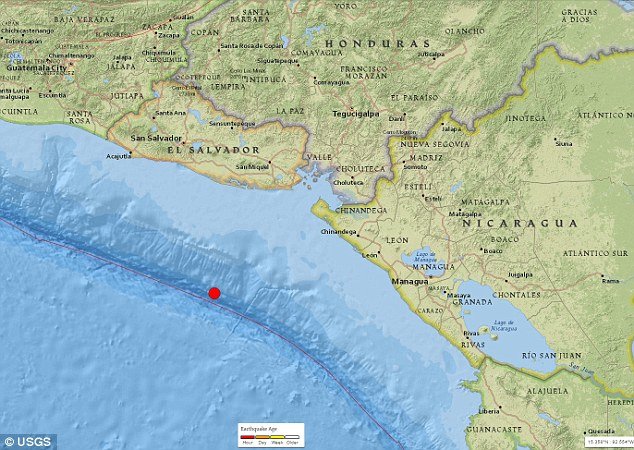
Earthquake hits, triggering tsunami warnings, after Nicaragua Caribbean coastline battered by hurricane
A 7.0 magnitude earthquake has shaken El Salvador and Nicaragua, just an hour after a powerful hurricane hit Nicaragua's eastern coast.
The double whammy was a grim test for a largely poor region which lacks resources and emergency plans for natural disasters.
Salvadoran authorities issued a tsunami alert as a precaution after the tremor, which struck around 75 miles off the coast of El Salvador, at a depth of 20 miles beneath the Pacific Ocean, according to the US Geological Survey. The quake was first measured at a magnitude of 7.2 but was then downgraded.
"Hazardous" waves measuring about up to 1m (three feet) were anticipated to hit coastal areas within 300km of the quake's epicentre. Officals warned anyone living on the Pacific coast of El Salvador to withdraw at least 1km away from the shore.
The tsunami warnings were lifted within hours of the earthquake on Thursday, according to the assistant director of the Sinapred national disaster prevention agency, Guillermo Gonzalez, said at a press conference.
Mr Gonzales said they would continue to monitor the threat from hurricane Otto, which continued to dump heavy rain and winds on Nicaragua.
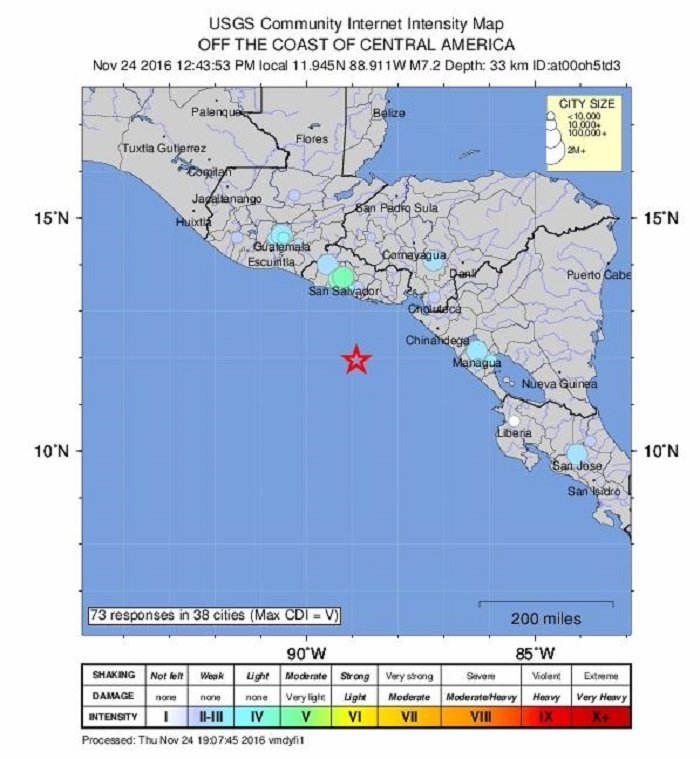
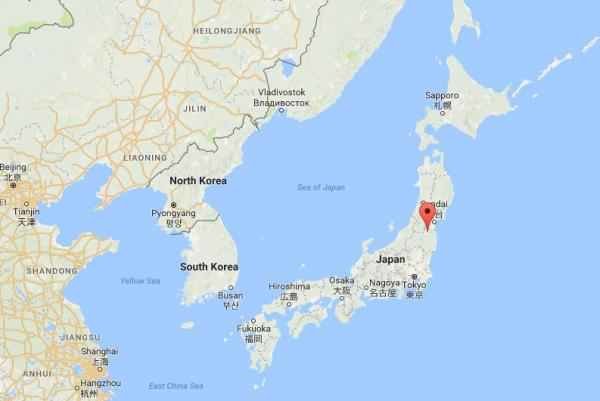
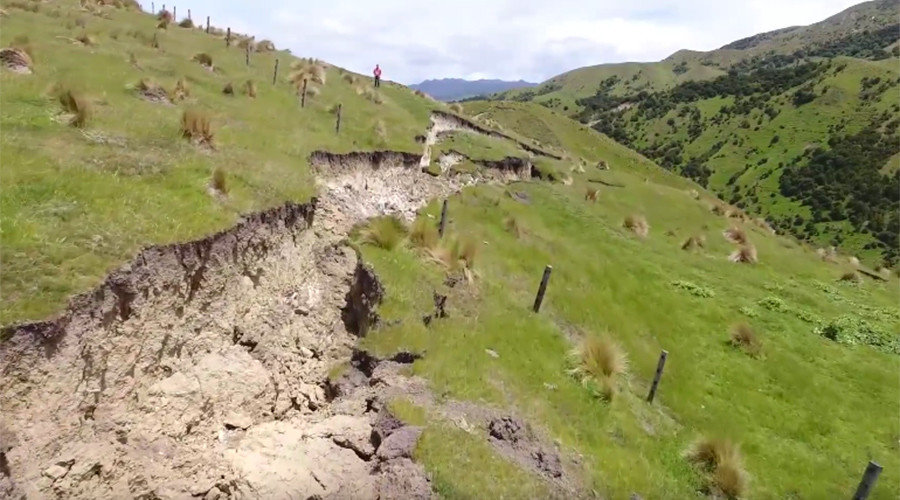
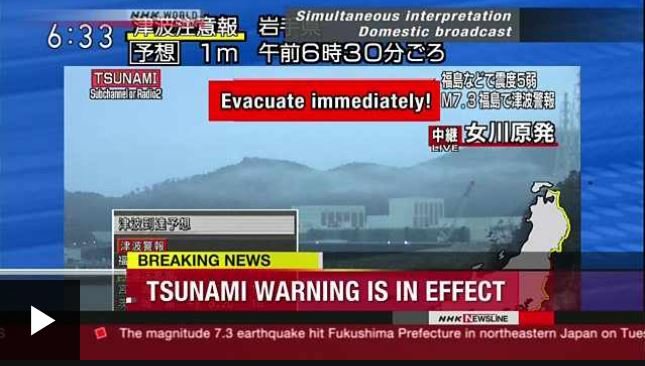
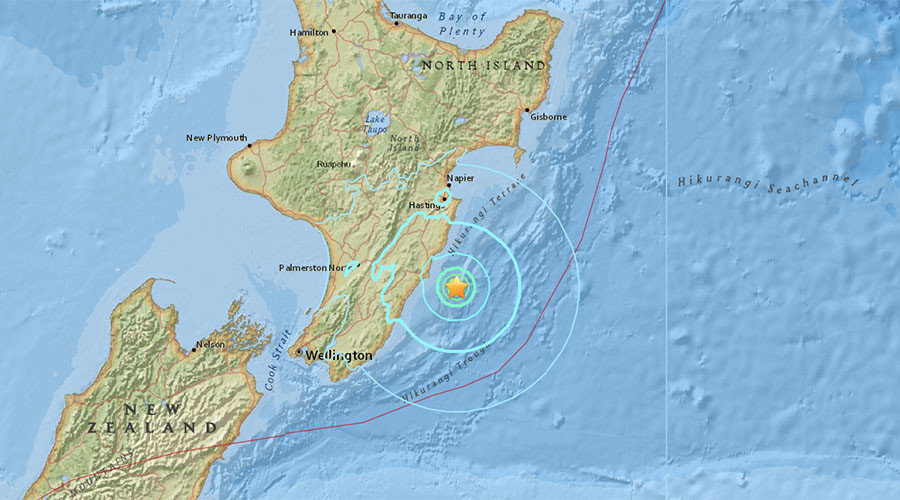
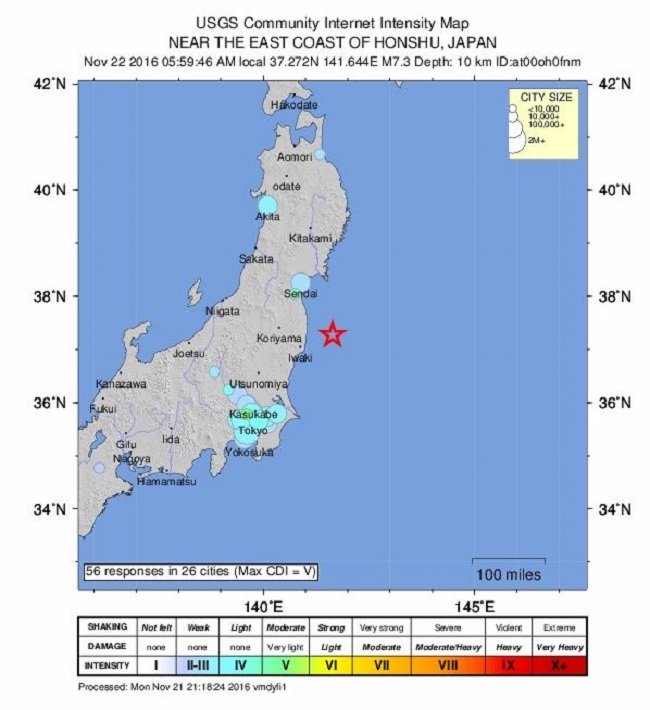
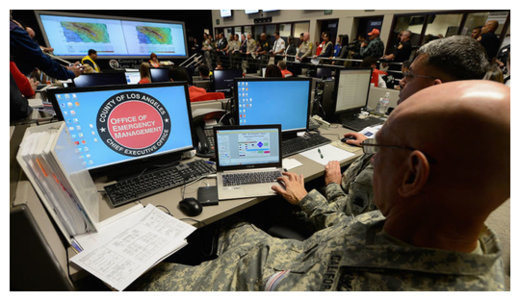
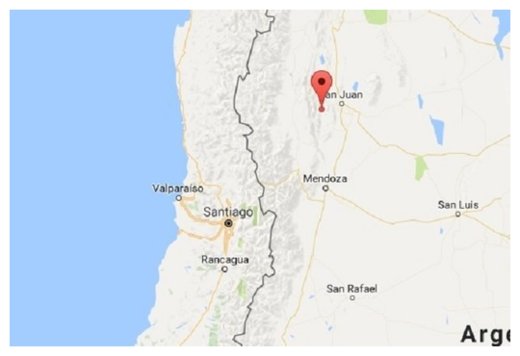
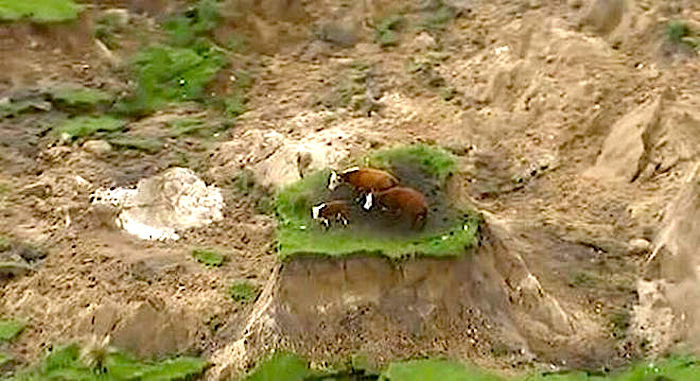



Comment: See also: